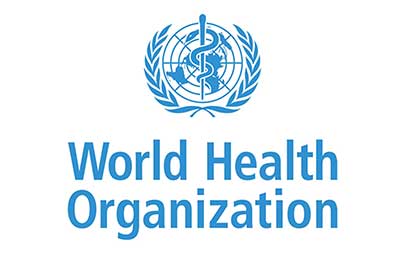Wild animals may trigger over 70% of emerging diseases : WHO Report
WHO recently pointed out in its report that wild animals are likely to contribute to over 70% of all emerging diseases in humans.
WHO warned the national governments that 'wet markets', such as the one in Wuhan which is linked to the raging coronavirus disease (Covid-19) pandemic, pose significant problems when they allow the sale and slaughter of live wild animals in areas open to the public. That's why it called for a halt to the sale of live mammals in food markets across the globe.
What is Wet market ?
Wet markets, like this one in Macau, are found throughout Asia and sell fresh vegetables, fruit, seafood, and meat. Although most wet markets don’t sell wildlife, the terms “wet market” and “wildlife market” are often conflated.
Wildlife wet markets and the consumption of bush meat become one of the public health concerns associated with these diseases. The wet markets can be a high-risk location for animal zoonotic disease spillover events, but they play important roles in the society, both economically and culturally.
The current COVID-19 global pandemic and other prior outbreaks such as coronavirus Middle-East Respiratory Syndrome (MERS), and Ebola remind us of the importance of the understanding of zoonoses (animal to human spillover diseases) and emerging infectious diseases (EID) threats.
More rarely, wet markets also sell wild animals and their meat. The Huanan market, for example, had a wild animal section where live and slaughtered species were for sale: snakes, beavers, porcupines, and baby crocodiles, among other animals.
Why this is called “wet” markets ? One explanation has to do with the liquid in these places: live fish splashing in tubs of water, melting ice keeping meat cold, the blood and innards of slaughtered animals.
According to World economic forum ( WEF ) , Huanan Seafood Wholesale Market had a section selling wild animals, including badgers, wolf pups, snakes, bamboo rats and porcupines. According to a menu posted on a Chinese equivalent to Yelp, one stall offered around 100 varieties of live animals ranging from foxes to peacocks to masked palm civets. (Civet cats are thought to have been instrumental in transferring Sars from bats to humans in the 2002-3 outbreak.) It therefore wasn’t a wet market in the strictest sense, but a wildlife market.
New Guidance by WHO :
WHO has called for improved hygiene standards in traditional food markets and tougher regulations to control the farming and sale of wild animals heading to markets for human consumption. The World Health Organization (WHO), in conjunction with other leading international agencies have drawn up a new guidance aimed "to reduce the risk of transmission of Covid-19 and other zoonoses in traditional food markets".
These agencies are : World Organisation for Animal Health (OIE) and the United Nations Environment Programme (UNEP). These agencies in collaboration with WHO called on all national competent authorities to suspend the trade in live caught wild animals of mammalian species for food or breeding and close sections of food markets selling live caught wild animals of mammalian species as an emergency measure unless demonstrable effective regulations and adequate risk assessment are in place.
WHO said the curse of diseases coming out of coronavirus family -- the severe acute respiratory syndrome (SARS) in 2003 and the Middle East respiratory syndrome (MERS) in 2012 -- also had links to zoonotic viruses , should not be forgotten.







